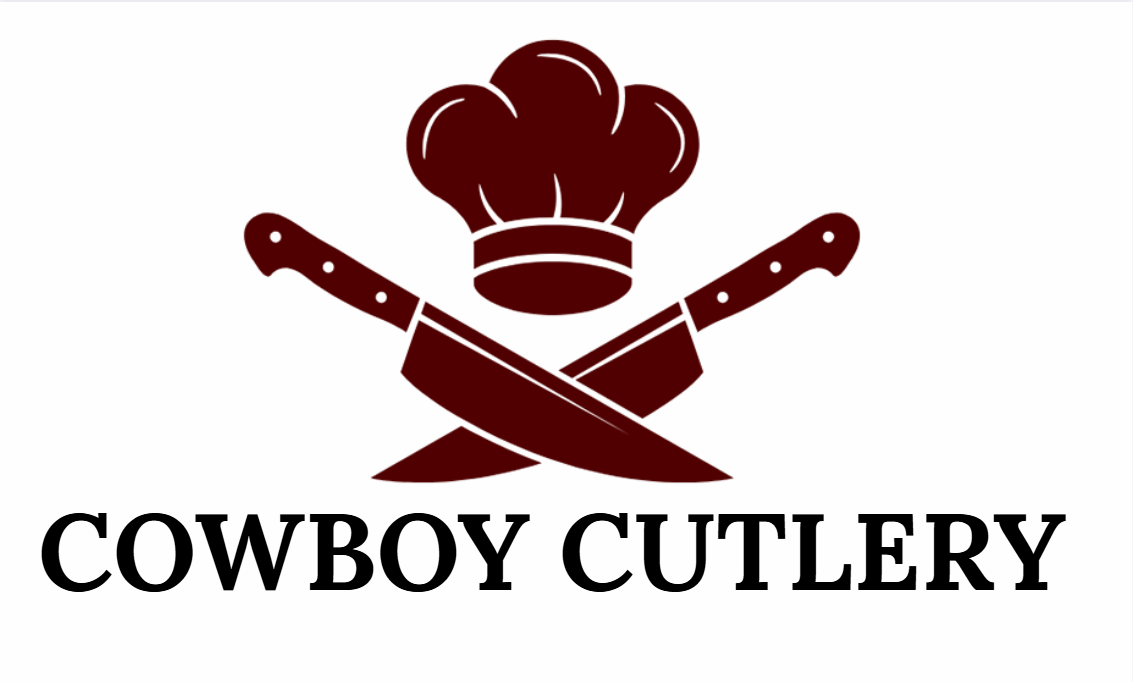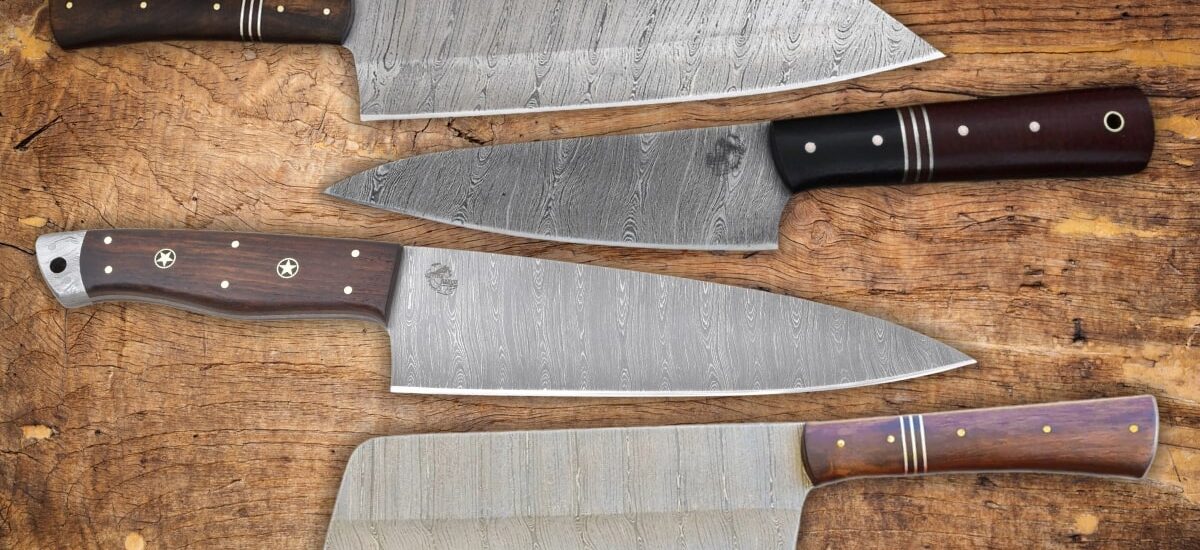The combination of superior functionality and magnificent appearance makes Damascus chef knives exclusive tools in kitchen utensils. The blades continue to attract professionals as well as regular chefs due to their interesting swirls combined with outstanding sharpness. As these items grew more popular, they attracted numerous counterfeit markets.
Every client should purchase real high-quality Damascus knives according to Cowboy Cutlery because imitations only mimic authentic appearance. The following instruction will teach you to detect artificial Damascus chef knives to make wise buying choices.
What Is a Real Damascus Chef Knife?
The capability to identify counterfeit items begins by knowing real Damascus knife features.
Real Damascus steel comes from the forging process of layered combination steel containing high-carbon and stainless materials submerged under water. The forging process develops two crucial properties in the steel and at the same time generates a distinct manufacturing pattern.
Each knife pattern that exists on a blade exists only once without humans capable of matching its design. Real Damascus knives exhibit the following characteristics:
Visible layer patterns on the knife extend from the spine to the blade edge.
A sharp, durable edge that holds up under heavy use.
The knife uses first-class materials that result in superior handling performance and balanced weight distribution.
The Rise of Fake Damascus Knives
Damascus knife popularity has resulted in an increase of fraudulent production. Numerous knives available on the market now present themselves as “Damascus” products that in fact turn out to be:
Laser-etching and acid-etching techniques used to simulate layered steel appearance.
A single steel sheet without any forging or layering process.
Ill-made, mass-produced import materials with subpar finishing.
The appearance in photographs of fake knives deludes buyers because they lack the performance characteristics that true Damascus blades possess.
1. Check the Pattern — Is It Real or Printed?
Examine the Damascus pattern for genuine authenticity because it represents an easy method to identify fake products.
Fake Damascus knives implement two methods including acid-etching and laser-etching for creating their surface designs. The patterns in fake Damascus blades remain only at the blade surface without penetrating its complete depth.
To test this:
Apply your fingernail blade by slow movements across the pattern. Real Damascus knives maintain smooth surfaces with discreet surface marks.
The surface design of a printed pattern lacks the natural texture of genuine Damascus blades because it appears either too smooth or too elevated.
Inspect the blade’s edge or spine. A fake Damascus blade reveals its pattern upon inspection. A real Damascus pattern extends throughout the entire knife length from tip to bottom.
2. High Prices Signal Authentic Damascus Steel
Quality Damascus chef knives exist within a price range that most people would describe as expensive. Damascus knives available for purchase online below $50 (or under $20) usually indicate fake products.
The creation process of genuine Damascus steel requires skilled workers who use expensive materials for an extended duration. The actual cost range of authentic knives extends from $100 to $200 (high-quality pieces exceed this).
Cowboy Cutlery offers legitimate Damascus chef knives at reasonable rates that combine authentic craftsmanship without unnecessary sacrifices.
3. Ask About the Steel — What’s It Made Of?
Customers need to inspect product descriptions and inquire about the steel type.
Authentic Damascus knife steel compositions:
1095 high carbon steel + 15N20
VG10 core with multiple layers of stainless steel
Other high-carbon + stainless steel combinations
Warning: Knives labeled only as “stainless steel” or “high carbon steel” (without layered construction details) are likely fake.
4. Inspect the Layers Under a Microscope
A true Damascus blade emerges from steel folding processes repeated hundreds of times. The layers should be visible at the blade spine and near the handle.
Signs of authenticity:
Seam-like patterns across the steel.
Observable pattern throughout the blade (including worn segments).
Fake sign: A blade showing one continuous steel block.
5. Ask for the Maker or Brand
Purchase from trusted brands like Cowboy Cutlery to avoid counterfeits.
Reputable brands will:
Display the manufacturing location
Detail their forging methods
Offer warranties or guarantees
6. Test Sharpness and Edge Retention
Genuine Damascus steel holds a razor-sharp edge and is easy to re-sharpen.
Red flags:
Irregular dulling or chipping.
Difficulty sharpening on stones.
7. Check the Weight and Balance
Well-made Damascus knives feel solid and balanced. Fakes often feel:
Too light (cheap materials).
Unbalanced in the hand.
8. Read Reviews and Customer Feedback
Look for:
Complaints like “pretty but dull”
Patterns washing off
Blades chipping or rusting easily
Final Thoughts: Buy Smart, Not Just Stylish
A true Damascus blade is forged with tradition, performance, and longevity in mind. At Cowboy Cutlery, we deliver the real deal—knives that are worth it.
Remember these tips, and trust quality craftsmanship!


